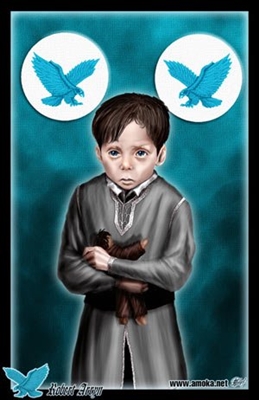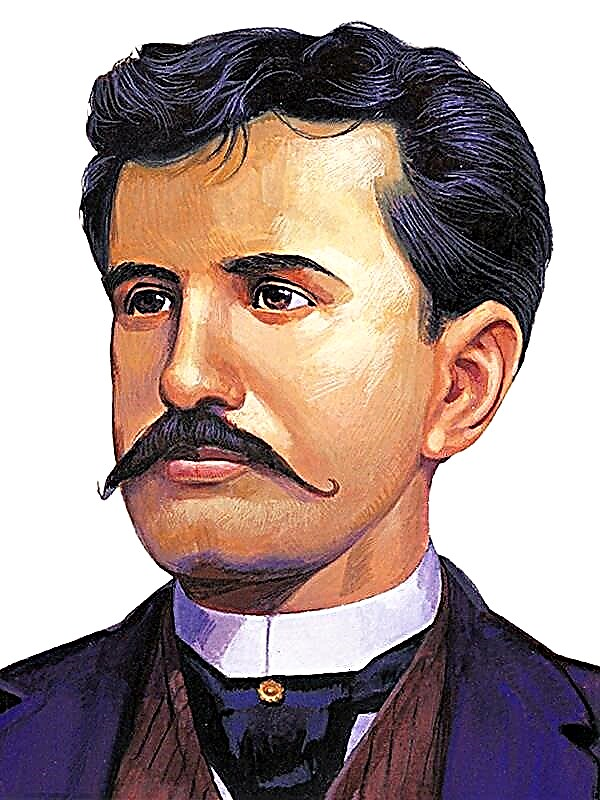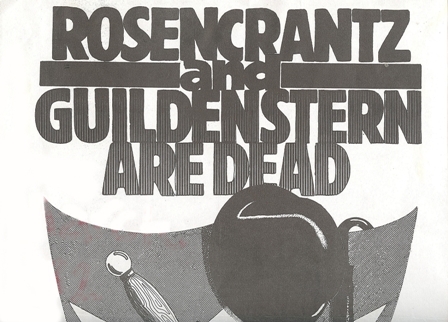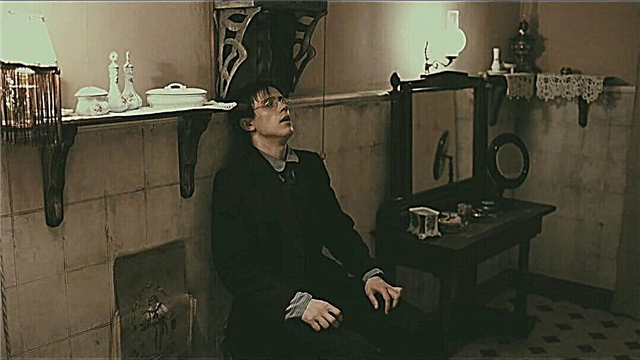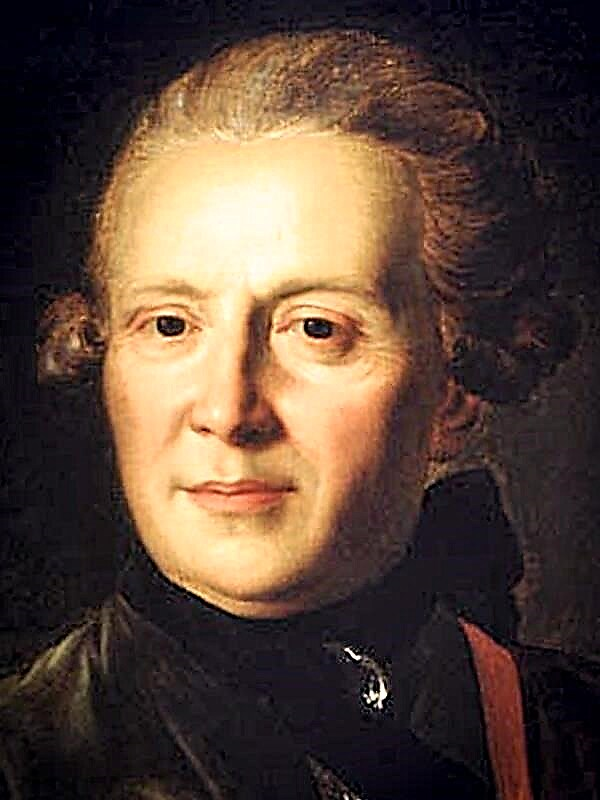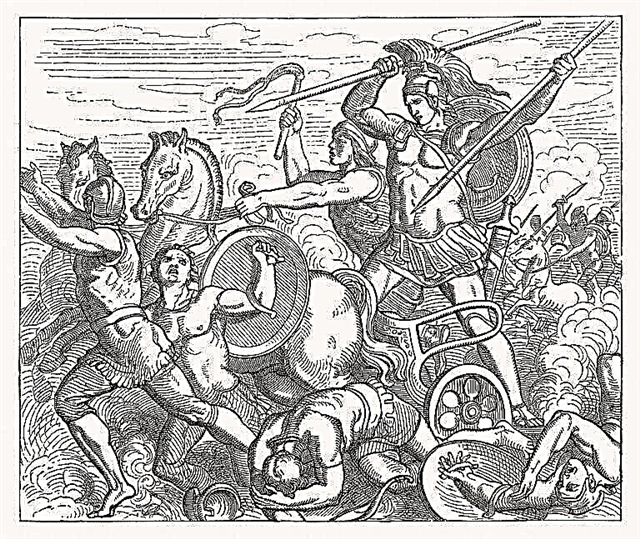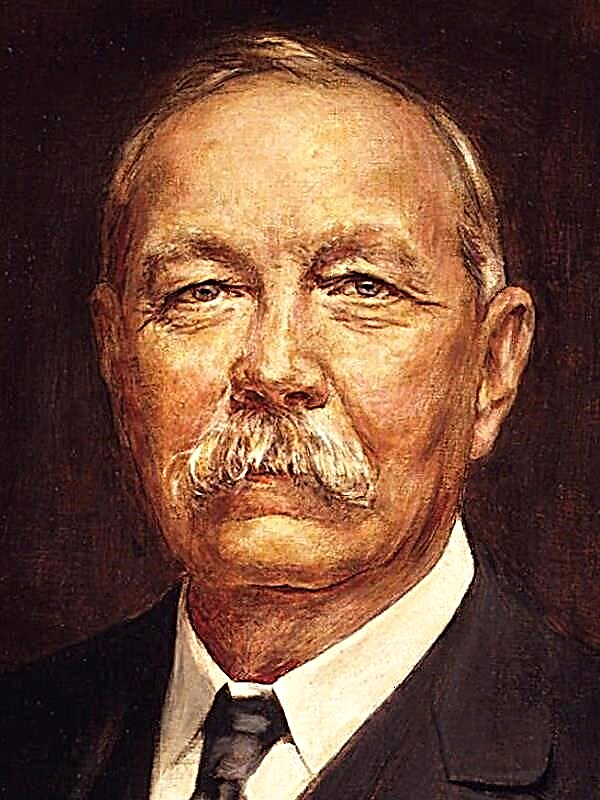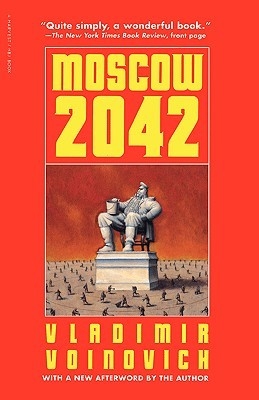“The Tale of the Barrel” is one of the first pamphlets written by Jonathan Swift, however, unlike the “Battle of the Books” that was created around the same period, where the main focus was on literary objects, “The Tale of the Barrel”, with its relatively small volume , contains, as it seems, almost all conceivable aspects and manifestations of human life. Although, of course, its main focus is anti-religious, or rather, anti-church. No wonder the book, published seven years after its creation (and published anonymously!), Was included by the pope in the Index prohibitorum. Swift, by the way, also got from the ministers of the Anglican church (and deservedly, I must admit, their stinging pen also did not spare them).
Retelling the “plot” of a book belonging to the pamphlet genre is a deliberately ungrateful and meaningless affair. It is noteworthy, however, that in the absence of a “plot” in the usual sense of the word, in the absence of action, heroes, or intrigue, Swift's book is read as an exciting detective novel or as a fascinating adventure story. And this happens because and only because, formally belonging to the genre of journalism, as they say today, non-fiction - that is, again formally, going beyond the scope of fiction, the Swift pamphlet is in the full sense a work of art. And even if the events inherent in the work of art do not happen in it, it has the only, everything else replacing: the movement of the author’s thought - angry, paradoxical, sarcastic, sometimes reaching outright misanthropy, but amazingly convincing, because it conceals true knowledge of human nature, laws that govern society, laws according to which relationships between people have been built for centuries.
At first glance, the construction of the pamphlet may seem rather chaotic, confusing, the author deliberately misleads his reader (this is partly the name itself: the expression "fairy tale barrels" in English means - chatter, confusion, confusion). The structure of the pamphlet breaks up into two seemingly logically unrelated parts: the “Tale of the Barrel” itself - the story of three brothers: Peter, Jack and Martin - and a series of digressions, each of which has its own theme and addressee. So, one of them is called “a retreat regarding critics,” the other is “a retreat to the praise of retreats,” another is “a retreat regarding the origin, benefits and successes of insanity in human society,” etc. Already from the very names of “retreats” their meaning and orientation are clear. In general, Swift was disgusted by all kinds of manifestations of meanness and depravity of human nature, duplicity, insincerity, but above all - human stupidity and human vanity. And it is against them that his evil, sarcastic, caustic language is directed. He knows how to notice everything and repay everything he deserves.
So, in the first section, called “Introduction,” judges and speakers, actors and spectators, in a word, all those who proclaim something (from the rostrum or, if you like, from the barrel), and also others, listening to them, opening their mouth in admiration. In many sections of his pamphlet, Swift creates a murderous parody of modern scholarship, pseudo-scholarship (when they truly do not say a word in simplicity), while masterfully mastering the gift of perverted verbiage (of course, a parody quality, but perfectly reproducing the style of those many scholars of treatises ”, which abound from the pen of learned husbands - his contemporaries). At the same time, he is able to show brilliantly that behind this stringing of words lies the emptiness and poverty of thought - a motive that has been modern at all times, like all other thoughts and motives of Swift's pamphlet, which by no means has transformed during the four centuries that separate us from the moment of creation, to the "museum exhibit." No, Swift's pamphlet is alive - because all those human weaknesses and vices against which it is directed are alive.
It is noteworthy that the pamphlet, published anonymously, was written on behalf of the supposedly as shameless, illiterate scholar-red-faced scientist as Swift so desperately despised, but his voice, his own voice, is quite tangible through this mask, moreover, the ability to hide behind it gives the pamphlet even more spicy and spicy. Such two-facedness, two-facedness, the reception of “flip-flops” are generally very characteristic of the author’s style of Swift-pamphletist, it especially sharply manifests the unusual paradox of his mind, with all the gall, anger, causticity and sarcasm. This is a rebuke to “sixpenny” writers, one-day writers who write frankly “for sale,” claiming the title and position of chroniclers of their time, but who are actually just creators of countless self-portraits of their own. It is about such “saviors of the nation” and carriers of higher truth that Swift writes: “In various gatherings where these speakers speak, nature itself taught listeners to stand with their mouths open and parallel to the horizon, so that they intersect with a perpendicular line dropped from the zenith to the center of the earth . In this situation, the audience, if they stand in a dense crowd, everyone takes home a certain fraction, and nothing or almost nothing disappears. "
But, of course, the main addressee of Swift's satire is the church, the history of which he sets out in allegorical and allegorical form in the main narrative, which is a pamphlet called the “Tale of the Barrel” itself. He sets out the history of the division of the Christian church into Catholic, Anglican and Protestant as the story of three brothers: Peter (Catholics), Jack (Calvinists and other extreme movements) and Martin (Lutheranism, the Church of England), whose father, dying, left a will to them. By "testament" Swift means the New Testament - from here until the end of the pamphlet it begins with nothing comparable and unparalleled unprecedented blasphemy. The "sharing" that occurs between the "brothers" is completely devoid of a "divine halo", it is quite primitive and comes down to the division of spheres of influence, in modern language, and also - and this is most important - to find out which of the "brothers" (that is of the three main areas that stood out within the framework of the Christian faith) there is a true follower of the “father,” that is, closer to the foundations and foundations of the Christian religion. The "blocking" of the left "testament" is described by Swift allegorically and comes down to purely practical questions (which also, undoubtedly intentionally, leads to the underestimation of such high spiritual problems). The object of controversy, the apple of contention becomes ... caftan. Deviations of Peter (that is, the Catholic Church) from the foundations of the Christian dogma are reduced to the utter adornment of the "caftan" by all sorts of galloons, axelbants and other tinsel - a very transparent hint of the splendor of the Catholic ritual and rites. At the same time, Peter at some point deprives the brothers of the opportunity to see the will, he hides it from them, becoming (or rather, declaring himself to be) the only true heir. But Swift’s “kaftan motif” doesn’t happen by chance: “Isn't religion a cloak, honesty is not a pair of boots worn in the mud, vanity is not a frock coat, vanity is not a shirt and conscience is not a pair of pants that, although they cover lust and shame, are easily descended at the services of both? ”
Clothing - as the embodiment of the essence of a person, not only his class and professional affiliation, but also his vanity, stupidity, complacency, hypocrisy, desire for acting - and here Church attendants - both actors, government officials - and visitors to brothels come together for Swift. In Swift’s words, Russian folk wisdom comes to life: “they meet on clothes ...” - so, in his opinion, “vestments” play an important role, which determines a lot, if not all, of who wears it.
Having completely "finished off" with Peter (that is, I repeat, with the Catholic Church), Swift is mistaken for Jack (under whom John Calvin is bred). Unlike Peter, who decorated the “caftan” with a lot of all kinds of tinsel, Jack, in order to get as far away as possible from his elder brother, decided to completely deprive the “caftan” of all this external gilding - one trouble: the jewelry is so fused with the fabric (that is, with the base) that , violently tearing them “with meat”, he turned the “caftan” into continuous holes: thus, the extremism and fanaticism of Brother Jack (that is, Calvin and his ilk) differed little from the fanaticism of Peter's followers (that is, Catholic Papists): “... this ruined all his plans to isolate himself from Peter and so strengthened the kinship of the brothers that even students and followers often mixed them ...”
Having finally obtained the text of the will in his personal use, Jack turned it into a constant “guide to action”, without taking a step until he checked the “canonical text”: “Overwhelmed with enthusiasm, he decided to use the will both in the most important and in the most insignificant circumstances of life. ” And even being in a strange house, he needed to “recall the exact text of the will to ask for directions to the needy ...”. Is there anything else to be added to characterize the Swift blasphemy, next to which the anti-religious sayings of Voltaire and other famous freethinkers seem to be just the holy tales of the good grandfathers ?!
Swift’s virtuosity is in his endless mimicry: the pamphlet is not only an amazing revealing document, but also a brilliant literary game, where the narrator’s many-sidedness, combined with numerous and multi-layer hoaxes, creates a truly amazing alloy. In the text there are many names, names, specific people, events and plots, in connection with and about which this or that part was written. However, in order to fully appreciate this undoubted literary masterpiece, it is not at all necessary to delve into all these subtleties and details. The specifics went away, having brought these people to oblivion, together with their scholarly treatises that had sunk into oblivion, and other literary and other research, but Swift’s book remained - for it is not only a pamphlet written “on the wickedness of the day”, but truly an encyclopedia of morals. At the same time, in contrast to the verbose and viscous novels of Swift's contemporaries - writers of the Enlightenment, who are absolutely devoid of the element of edification (and this is when the author’s position is clearly readable in him, his views on all the problems that he touches on). The ease of genius is one of the most important sensations produced by Swift's book - the pamphlet "for all times."


